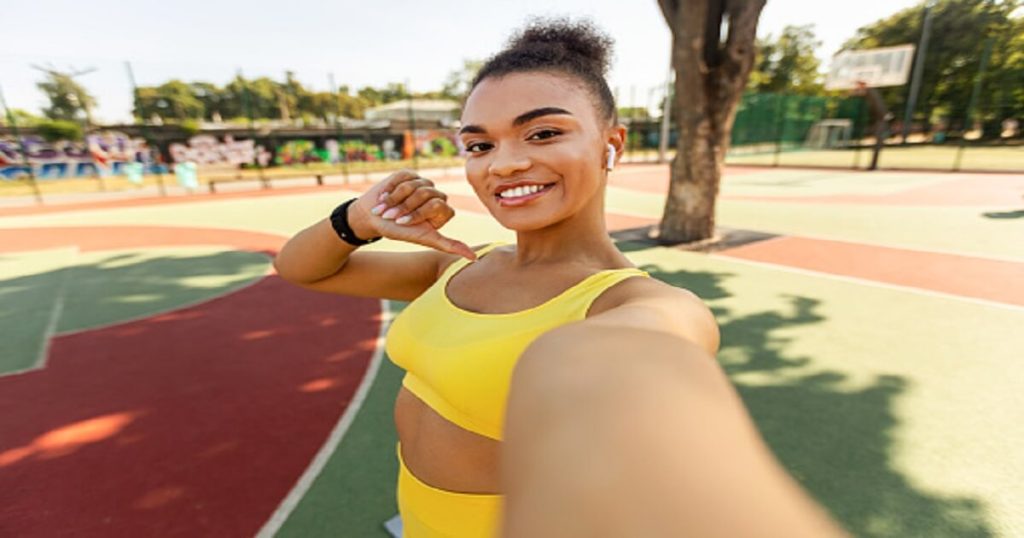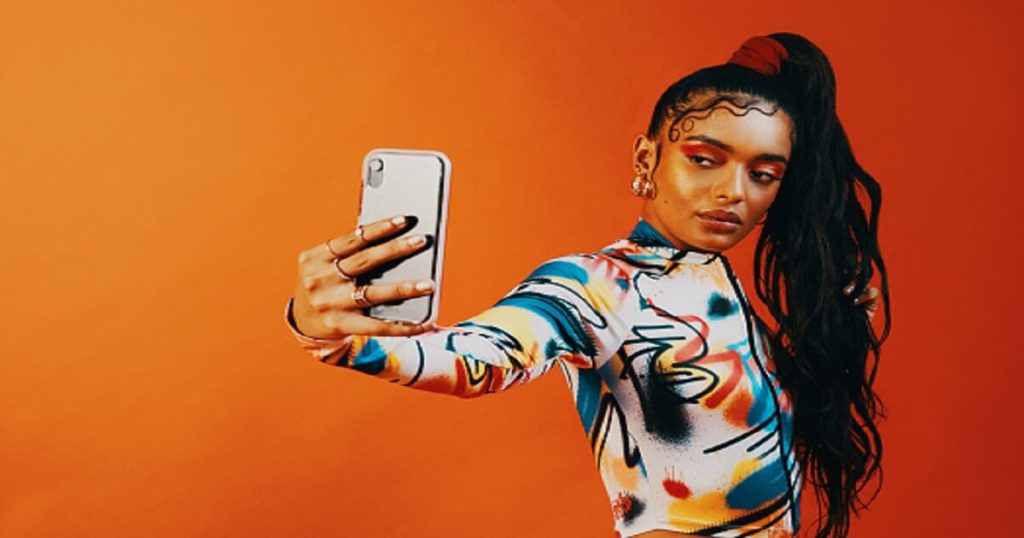There are countless definitions of social media influencers, but at its core, an influencer is someone who has the power to affect purchase decisions and inspire others with their opinions. They can be anyone from celebrities to bloggers to everyday people with large social media followings.
There are several different types of social media influencers, each with its strengths and weaknesses. Here are a few of the most common types:
- Social Media Micro-influencers:

Micro-influencers are people with a following of 1,000 to 10,000 people on social media who have a strong connection with their followers. They are seen as more trustworthy and relatable than celebrities and are often more influential with their followers than macro-influencers (those with a following of over 10,000 people).
Micro-influencers can be a great way to reach a specific target audience with your content or product. Because they have a more engaged following, their followers are more likely to take action based on the influencer’s recommendation.
If you’re looking to work with a micro-influencer, there are a few things to keep in mind. First, make sure the influencer’s audience is a good fit for your brand. Second, be sure to negotiate a fair price, and be clear on what you expect. Finally, make sure you have a solid content plan in place, so you can make the most of the influencer’s reach.
- Social Media Mid-level influencers:

Mid-level influencers are people who have a following of over 10,000 people on social media. They may not have the reach of celebrities or mega-influencers, but they can still generate a lot of engagement and buzz for a brand.
They are often more engaged with their followers than celebrities or macro-influencers, and they’re also more likely to respond to comments and messages. This makes them a valuable asset for brands, as they can help create a more personal connection with consumers.
Mid-level influencers also tend to be more affordable than celebrities or macro-influencers, making them a more cost-effective option for brands.
They can be a great way to reach a wider audience and generate more engagement for a brand.
- Social Media Macro-influencers:

Macro-influencers are people who have a large following on social media platforms like Instagram and Tiktok. They are typically experts in a certain field, such as fashion, food, or travel, and have a large audience that looks to them for advice and inspiration.
Macro-influencers can be a powerful tool for brands looking to promote their products or services. Their large following can help to generate awareness and interest in a brand, and their expert advice can help to build trust and credibility.
When working with a macro-influencer it is important to develop a clear strategy and goals for the campaign. The influencers should be briefed on what you would like them to do, and they should be given specific instructions on how to post about your product or service.
It is also important to ensure that the macro-influencers you work with is a good fit for your brand. Their audience should be aligned with your target market, and their style should be consistent with your brand’s image.
These influencers have a wealth of knowledge about a specific topic, and they’re often considered to be authorities in their field. They’re also likely to have a high percentage of followers who are interested in the products they promote. This makes them a great choice for brands looking to reach a specific target audience.
All of these types of social media influencers have something to offer brands, and it’s important to consider the unique strengths and abilities of each before choosing which type is right for your campaign.
 Rachid has a genuine enthusiasm for SEO and data-driven marketing strategies. His curiosity about how search engines work drives him to constantly learn and adapt. Outside of work, Rachid enjoys hiking and exploring Morocco's beautiful landscapes. His analytical mindset and adventurous spirit make him a valuable team member in our team.
Rachid has a genuine enthusiasm for SEO and data-driven marketing strategies. His curiosity about how search engines work drives him to constantly learn and adapt. Outside of work, Rachid enjoys hiking and exploring Morocco's beautiful landscapes. His analytical mindset and adventurous spirit make him a valuable team member in our team.












